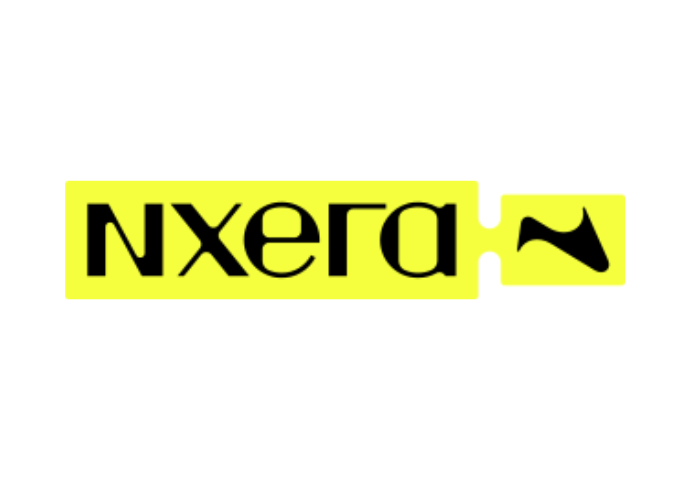- NBI-1117568 is an oral, muscarinic M4 selective receptor agonist discovered by Nxera advancing through clinical development under a multi-program collaboration with Neurocrine Biosciences
- The once-daily 20 mg dose efficacy, safety and tolerability Phase 2 results support advancement to Phase 3 in schizophrenia in early 2025
- The once-daily 20 mg dose met the primary endpoint, demonstrating a statistically significant 7.5-point improvement (p=0.011, 0.61 effect size) in the PANSS total score compared to placebo at week 6 with an 18.2-point PANSS total score improvement from baseline
- The once-daily 20 mg dose met additional endpoints, demonstrating statistically significant improvements in Clinical Global Impression of Severity Scale and Marder Factor Score Positive Symptom Change and Negative Symptom Change
- NBI-’568 was generally safe and well tolerated at all doses studied
- Neurocrine to host conference call/webcast at 8am EDT / 1pm BST / 9pm JST
NBI-‘568 is the most advanced candidate from a broad portfolio of novel clinical and preclinical subtype-selective muscarinic M4, M1 and dual M1/M4 receptor agonists discovered by Nxera and advancing under a 2021 global collaboration with Neurocrine for the treatment of major neurological disorders. To date, Nxera has received multiple, significant payments from Neurocrine including those based on developmental progress of four candidates in clinical trials and is eligible to receive development, regulatory and commercial milestones of up to US$2.6 billion, plus product royalties, provided the criteria under the agreement are satisfied. Nxera retains rights to develop M1 agonists advancing under this collaboration in Japan in all indications, subject to certain exceptions.
The NBI-’568-SCZ2028 dose-finding study met its primary endpoint for the once-daily 20 mg dose. It demonstrated a clinically meaningful and statistically significant reduction from baseline in the Positive and Negative Syndrome Scale (PANSS) total score at Week 6 with a placebo-adjusted mean reduction of 7.5 points (p=0.011 and effect size of 0.61) and an 18.2-point reduction from baseline. The once-daily 20 mg dose also demonstrated a statistically significant improvement for additional endpoints, including improvement in the Clinical Global Impression of Severity (CGI-S) scale, Marder Factor Score – Positive Symptom Change, and Marder Factor Score – Negative Symptom Change.
Matt Barnes, EVP, President of Nxera Pharma UK and Head of R&D, commented: “These Phase 2 data reported by our partner Neurocrine represent an important milestone and strong clinical validation of the power of Nxera’s NxWave™ discovery platform. We believe these data show that NBI-1117568 has a competitive product profile and could be an important new therapy option for patients with schizophrenia potentially with a once-daily pill. Furthermore, with four development candidates in clinical trials from the portfolio of selective muscarinic agonists discovered and licensed by Nxera to Neurocrine in 2021, offering multiple shots on goal across complex neurological and neuropsychiatric disorders, we look forward to further progress under this highly productive partnership.”
“This Phase 2 dose-finding study delivered on our goal of identifying a once-daily, well tolerated dosing regimen with a compelling and competitive benefit-risk profile,” said Eiry Roberts, M.D., Chief Medical Officer at Neurocrine Biosciences. “We recognize the significant need for new and innovative medicines to treat schizophrenia and look forward to advancing NBI-’568, the first M4 selective agonist, into Phase 3 development early next year.”
NBI-’568 was generally safe and well-tolerated at all doses studied in the Phase 2 clinical trial. Treatment discontinuation rates due to adverse events were similar between NBI-’568 and placebo. Adverse events with the highest incidence were somnolence, dizziness, and headache. Gastrointestinal adverse events including nausea and constipation were low in frequency and similar to placebo. Cardiovascular-related events were also low in frequency and were not deemed to have clinical relevance at any dose tested. NBI-’568 was not associated with a greater increase in weight than placebo. Few extrapyramidal symptoms adverse events were reported.
Primary Endpoints Results Summary
|
Week 6 (Day 42) |
Placebo (N=68)
|
20 mg QD (N=35) |
40 mg QD (N=38) |
60 mg QD (N=34) |
30 mg BID (N=26) |
|
PANSS Total Score LS Mean Change from Baseline* |
-10.8 |
-18.2 |
-12.6 |
-13.7 |
-15.8 |
|
LS Mean Difference vs Placebo* |
- |
-7.5 (p=0.011) |
-1.9 (p=0.282) |
-2.9 (p=0.189) |
-6 (p=0.090) |
|
Effect Size** |
- |
0.61 |
0.27 |
0.39 |
0.23 |
*Least-squares (LS) means are from a mixed models for repeated measures (MMRM), which includes treatment group, visit, and study period as fixed effects; treatment group-by-visit interaction; baseline PANSS total score as a covariate; and subject as a random effect.
**Effect size (Cohen’s D) is based on observed data.
Status of Neurocrine’s Muscarinic Portfolio Licensed from Nxera
Neurocrine is advancing an industry leading portfolio of muscarinic agonists in clinical development with potential to treat a range of neurological and neuropsychiatric conditions. The four candidates progressing from its partnership with Nxera, are:
|
Primary Mechanism |
Phase |
Therapeutic Areas |
Potential Areas for Development |
|
|
NBI-1117568 |
M4 agonist |
2 |
Psychosis Cognition |
Alzheimer’s Disease Bipolar Disorder Parkinson’s Disease Lewy Body Dementia Schizophrenia |
|
NBI-1117569 |
M4 agonist |
1 |
||
|
NBI-1117567* |
M1 agonist |
1 |
||
|
NBI-1117570 |
M1/M4 dual agonist |
1 |
*Nxera retains rights to develop M1 agonists advancing under this collaboration in Japan in all indications, subject to certain exceptions.



